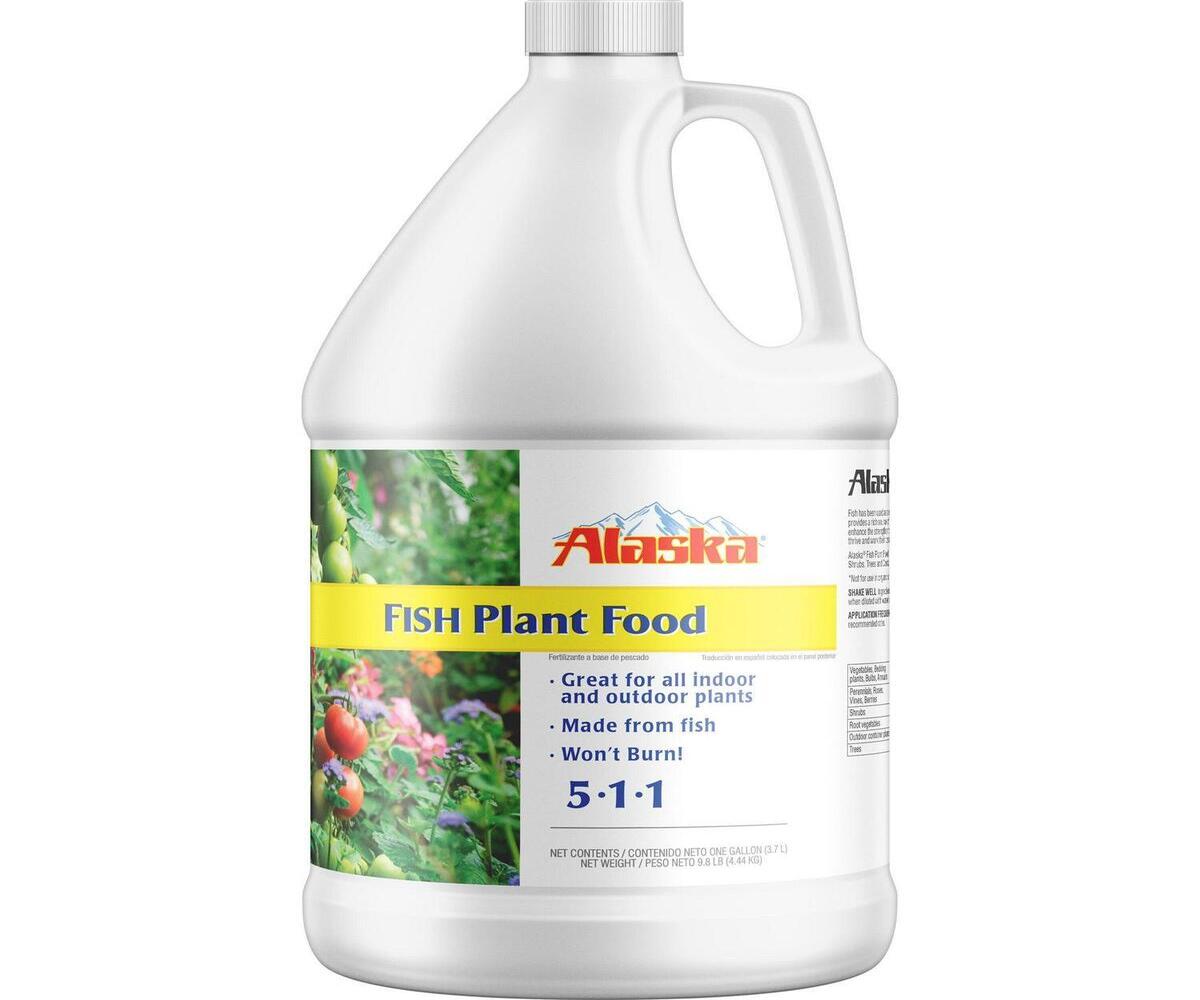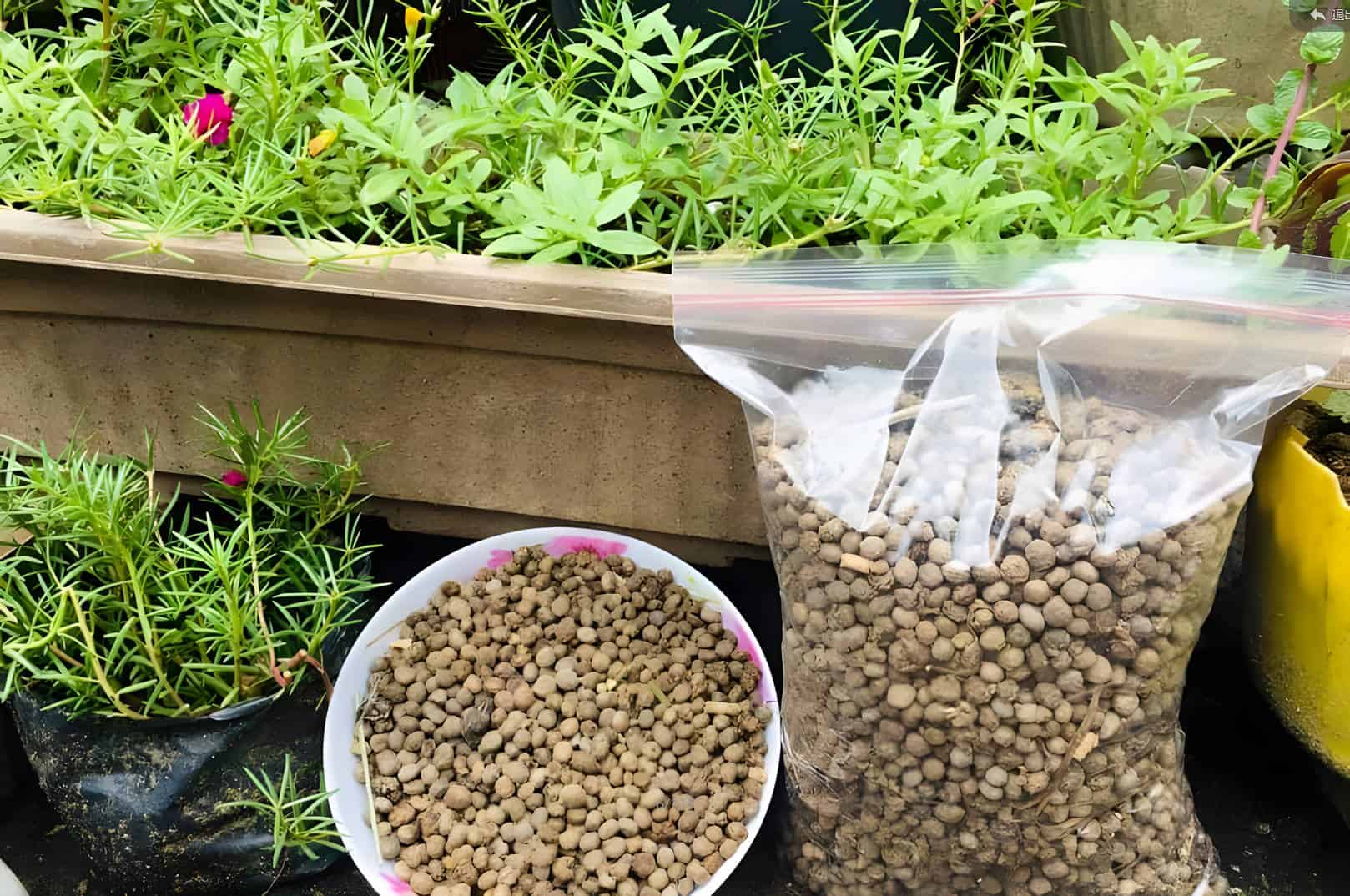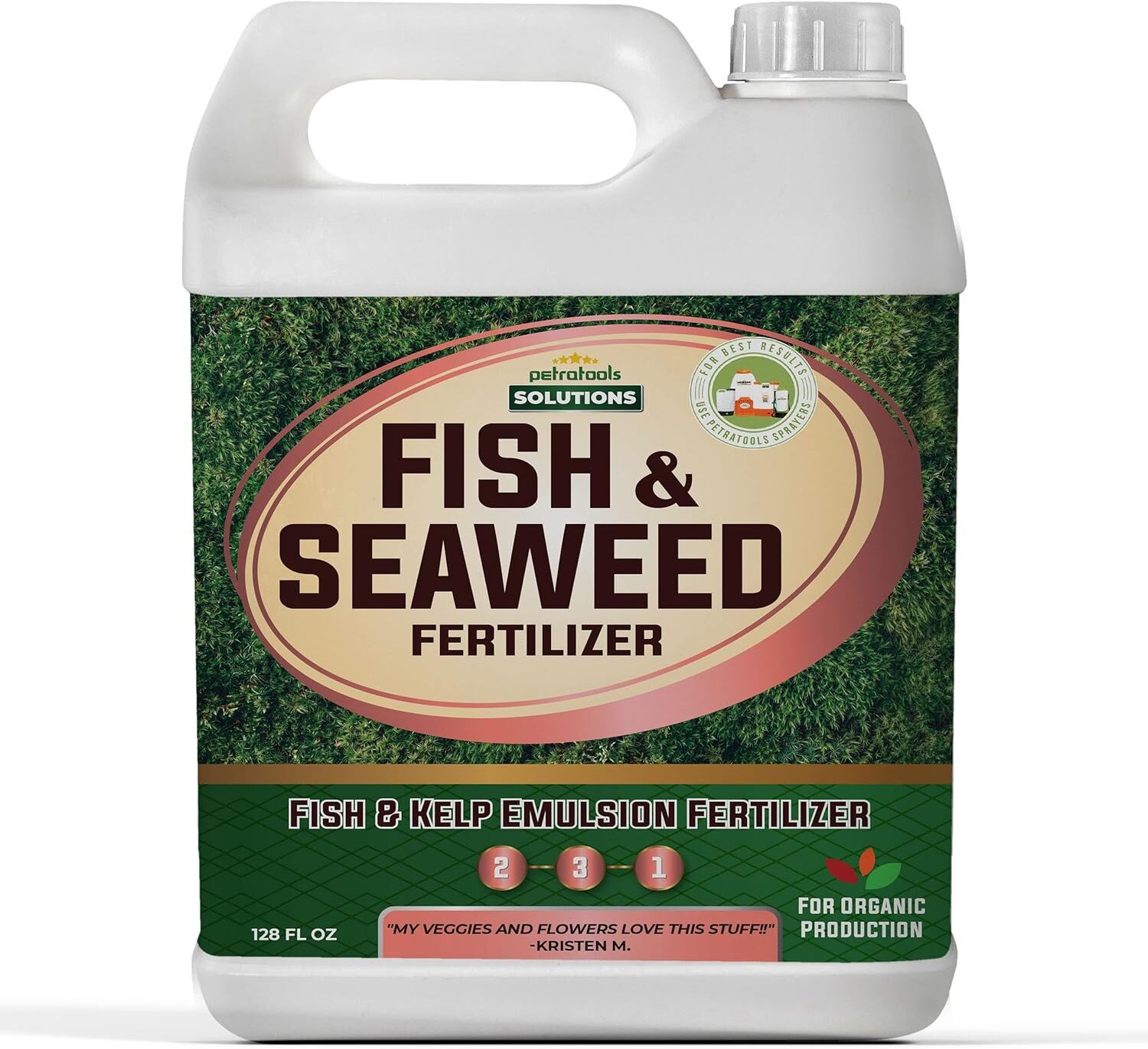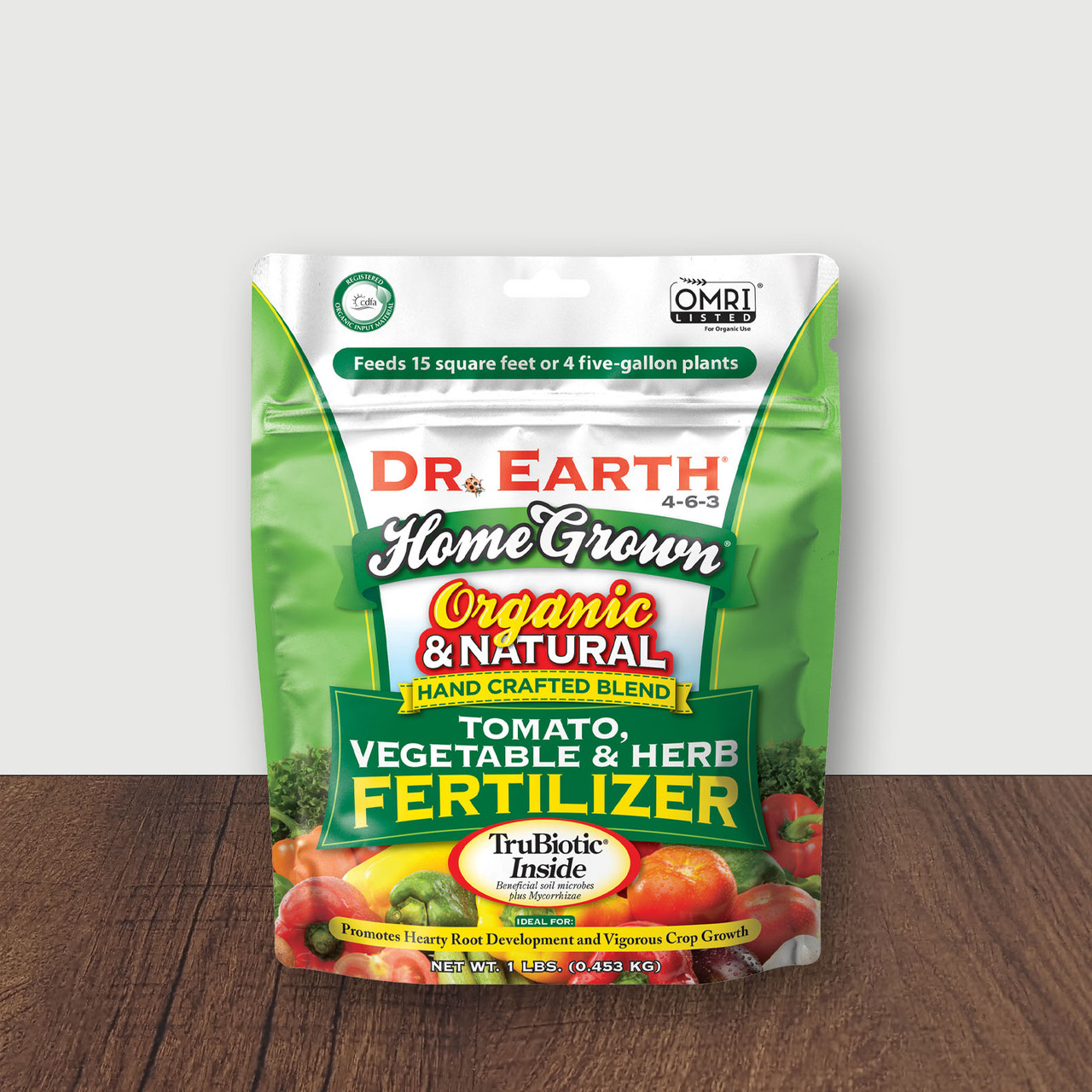Home>Gardening Techniques>How To Use Fish Fertilizer
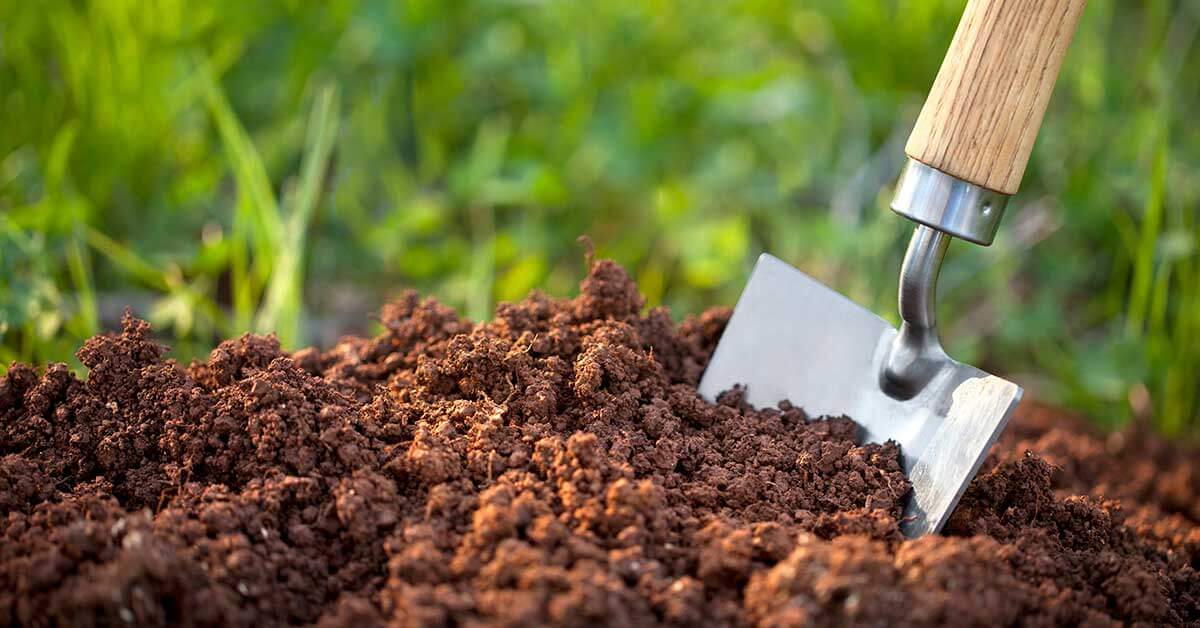

Gardening Techniques
How To Use Fish Fertilizer
Modified: January 22, 2024
Learn how to use fish fertilizer for plant care and enhance the growth of your plants. Boost nutrient uptake and improve overall plant health with this natural and effective fertilizer.
(Many of the links in this article redirect to a specific reviewed product. Your purchase of these products through affiliate links helps to generate commission for Chicagolandgardening.com, at no extra cost. Learn more)
Table of Contents
Introduction
Welcome to the world of plant care! Whether you are an experienced gardener or just starting out, one thing is for certain – providing proper nutrition to your plants is essential for their growth and overall health. And when it comes to fertilizers, one option that stands out is fish fertilizer.
In this article, we will explore the benefits of using fish fertilizer and guide you on how to use it effectively to maximize your plant’s potential. Fish fertilizer has gained popularity among both amateur and professional gardeners due to its natural and nutrient-rich composition.
But what exactly is fish fertilizer? Simply put, it is a type of organic fertilizer made from fish parts, such as bones, scales, and offal, which are processed into a liquid or solid form. This natural and sustainable fertilizer is rich in essential nutrients like nitrogen, phosphorus, potassium, and trace minerals, making it a powerhouse of plant nutrition.
So why choose fish fertilizer over other types of fertilizers? Well, one of the major benefits is its quick availability to plants. The nutrients in fish fertilizer are easily absorbed by plants, promoting fast and vigorous growth. Additionally, fish fertilizer helps to improve soil structure, enhance microbial activity, and increase the water-holding capacity of the soil.
Furthermore, fish fertilizer promotes the development of strong and healthy root systems, which leads to improved overall plant health and resilience. It also aids in the production of vibrant and abundant flowers, fruits, and vegetables. The natural enzymes and growth hormones found in fish fertilizer act as biostimulants, stimulating plant growth and improving the plant’s ability to photosynthesize.
Another advantage of using fish fertilizer is its eco-friendly nature. It is made from sustainable sources and does not harm the environment or contribute to soil and water pollution. Unlike synthetic fertilizers, fish fertilizer does not contain harmful chemicals or toxins that can harm beneficial insects, birds, or other wildlife.
In the following sections, we will delve deeper into the different types of fish fertilizers available, explore how to apply them to your plants, and discuss safety precautions and tips to ensure you get the best results. So, let’s dive in and learn how to harness the power of fish fertilizer to nurture and nourish your plants.
What is Fish Fertilizer?
Fish fertilizer is a type of organic fertilizer that is derived from processed fish parts. It is available in both liquid and solid forms and is widely used in gardening and agriculture. But what exactly makes fish fertilizer special?
Fish fertilizer is made from various parts of fish, including bones, scales, and offal. These components are processed to extract the valuable nutrients found in fish, such as nitrogen, phosphorus, potassium, amino acids, and trace minerals. The resulting liquid or solid fertilizer is a powerhouse of plant nutrition.
One of the main advantages of fish fertilizer is its high nutrient content. It is particularly rich in nitrogen, which is essential for promoting healthy leaf and stem growth. Nitrogen also plays a crucial role in the production of chlorophyll, the pigment responsible for photosynthesis in plants.
In addition to nitrogen, fish fertilizer contains phosphorus, which aids in root development, flower formation, and fruit production. Phosphorus is necessary for energy transfer within the plant and is vital for overall plant growth and development.
Potassium is another key component of fish fertilizer. It helps regulate various plant functions, including the opening and closing of stomata, which control the exchange of gases during photosynthesis. Potassium also enhances the plant’s resistance to diseases and drought.
Amino acids, which are organic compounds found in fish fertilizer, are essential for protein synthesis and various metabolic processes in plants. These compounds help improve nutrient uptake, increase plant energy, and enhance overall plant vigor.
Trace minerals are another valuable component of fish fertilizer. These minerals, including calcium, magnesium, iron, and zinc, are essential for enzyme and hormone production, as well as other vital biochemical processes in plants.
One of the significant advantages of fish fertilizer is its organic nature. It is derived from natural and sustainable sources, making it an environmentally-friendly choice for fertilizing your plants. Fish fertilizer does not contain synthetic chemicals or harmful substances that can leach into the soil and water, posing risks to the environment and ecosystem.
The organic composition of fish fertilizer also contributes to soil health. It improves soil structure, enhances microbial activity, and increases the soil’s ability to retain water. This, in turn, promotes better nutrient uptake by plants and reduces the need for excessive watering.
Overall, fish fertilizer is a nutrient-rich, organic option for promoting plant growth and development. Its natural components provide the essential nutrients that plants need, while also being gentle on the environment. In the next section, we will explore the many benefits of using fish fertilizer in your gardening practices.
Benefits of Using Fish Fertilizer
Using fish fertilizer in your gardening routine comes with a multitude of benefits. Whether you have a small backyard garden or a larger agricultural operation, incorporating fish fertilizer into your plant care regimen can elevate the health and productivity of your plants. Let’s explore some of the key advantages of using fish fertilizer:
- Nutrient-rich: Fish fertilizer is packed with essential nutrients that plants need for their growth and development. It is a great source of nitrogen, phosphorus, potassium, amino acids, and trace minerals. These nutrients help plants thrive, resulting in luscious green foliage, robust root systems, and bountiful blooms.
- Fast-acting: One of the remarkable benefits of fish fertilizer is its quick availability to plants. Unlike some other organic fertilizers, the nutrients in fish fertilizer are readily absorbed by plants. This promotes rapid growth and allows plants to efficiently utilize the provided nutrients.
- Natural biostimulant: Fish fertilizer contains natural enzymes, growth hormones, and beneficial microorganisms that act as biostimulants. These substances stimulate plant growth, increase nutrient uptake, enhance photosynthesis, and improve overall plant health and resilience.
- Improves soil health: When you use fish fertilizer, you also contribute to the health of your soil. The organic matter in fish fertilizer improves soil structure, increasing its water-holding capacity and enhancing aeration. This creates a better environment for beneficial microorganisms, leading to improved soil fertility and nutrient availability for plants.
- Enhances microbial activity: Fish fertilizer encourages the growth and activity of beneficial soil microbes. These microorganisms break down organic matter, releasing nutrients in a form that plants can easily absorb. They also contribute to disease suppression and help improve overall soil health and nutrient cycling.
- Sustainable and eco-friendly: Fish fertilizer is derived from sustainable sources, making it an environmentally-friendly choice. It is made from fish waste that would otherwise go to waste or be disposed of improperly. By using fish fertilizer, you are reducing waste and promoting a more sustainable approach to gardening and agriculture.
- Safe for organic gardening: Fish fertilizer is approved for use in organic gardening and farming practices. Its natural composition makes it a safe and non-toxic option for those who prefer organic methods of plant care.
- Versatile application: Fish fertilizer can be used on a wide range of plants, including vegetables, fruits, flowers, trees, and shrubs. Whether you are growing edibles or ornamentals, fish fertilizer can provide the necessary nutrients for healthy and vigorous plant growth.
With these benefits in mind, it is easy to see why many gardeners and farmers turn to fish fertilizer as part of their plant care routine. In the next section, we will explore the different types of fish fertilizer available and how to choose the right one for your specific needs.
Types of Fish Fertilizer
When it comes to fish fertilizer, there are several different types to choose from. Each type offers its own unique benefits and can be used in various ways to meet your specific gardening needs. Let’s explore the most common types of fish fertilizer:
- Liquid Fish Emulsion: Liquid fish emulsion is one of the most popular types of fish fertilizer. It is made by processing fish parts into a liquid form that can be easily mixed with water and applied to plants. Liquid fish emulsion is known for its quick action, as the nutrients are readily available to plants upon application. It is suitable for both soil drenching and foliar feeding, making it versatile for a variety of plants.
- Fish Meal: Fish meal is a type of fish fertilizer that is made by drying and grinding fish parts into a powdered form. It is a slow-release fertilizer, meaning that the nutrients are released gradually over time as the fish meal breaks down in the soil. Fish meal is rich in nitrogen, phosphorus, and trace minerals, making it an excellent choice for promoting long-term plant growth.
- Fish Hydrolysate: Fish hydrolysate is a concentrated form of fish fertilizer that undergoes a hydrolysis process. This process breaks down the fish parts into smaller molecules, resulting in a liquid fertilizer that is rich in nutrients and easily absorbed by plants. Fish hydrolysate is known for its high levels of amino acids, vitamins, and growth-promoting substances. It is often used as a foliar spray or mixed with water for soil application.
- Fish Bone Meal: Another type of fish fertilizer is fish bone meal, which is made by grinding fish bones into a fine powder. Fish bone meal is a slow-release fertilizer that provides a good source of calcium, phosphorus, and trace minerals. It is particularly beneficial for promoting root development, flowering, and fruiting in plants. Fish bone meal is often used as a soil amendment or mixed into potting mixes for container gardening.
- Fish Compost: Fish compost is a type of fish fertilizer that is created by composting fish waste along with other organic materials like wood chips, leaves, and grass clippings. This process allows the fish waste to break down naturally and transform into a nutrient-rich compost. Fish compost provides a slow-release source of nutrients, improves soil structure and fertility, and helps retain moisture in the soil. It can be used as a top dressing, incorporated into the soil, or brewed into a compost tea for plant application.
Each type of fish fertilizer has its own specific advantages, so it’s important to consider your plants’ needs and your preferred application method when selecting the right type for your gardening practices. In the next section, we will discuss how to properly apply fish fertilizer to your plants for optimal results.
How to Apply Fish Fertilizer to Plants
When it comes to applying fish fertilizer to your plants, the key is to ensure that the nutrients are evenly distributed and readily available to the roots. Here are some guidelines to help you apply fish fertilizer effectively:
- Dilute and mix: If you are using liquid fish fertilizer, dilute it according to the manufacturer’s instructions. Typically, a dilution ratio of 1:5 or 1:10 with water is recommended. Mix the fertilizer thoroughly to ensure an even distribution of nutrients.
- Soil application: For soil application, use a watering can or a sprayer to apply the diluted fish fertilizer directly to the soil around the base of your plants. Take care not to splash the foliage, as this may cause burning or damage.
- Foliar application: If you prefer to apply fish fertilizer directly to the leaves, use a spray bottle or a garden sprayer to mist the foliage with the diluted liquid fertilizer. Make sure to cover both the upper and lower surfaces of the leaves, as this is where the plants can absorb nutrients.
- Timing: Apply fish fertilizer during the active growing season of your plants. It is best to apply it in the morning or evening when the temperature is cooler to minimize the risk of leaf burn. Avoid applying fertilizer during periods of extreme heat or when the plants are under stress.
- Frequency: The frequency of fish fertilizer application depends on the specific needs of your plants and the concentration of the fertilizer. As a general guideline, apply fish fertilizer every 2 to 4 weeks during the growing season. Monitor your plants for signs of nutrient deficiency or excessive growth and adjust the application accordingly.
- Compost tea: If you have fish compost or fish hydrolysate, you can create a nutrient-rich compost tea by steeping the fish fertilizer in water for a specified period of time. This allows the nutrients to leach into the water, creating a liquid fertilizer that can be applied to the soil around your plants.
- Avoid over-application: While fish fertilizer is beneficial for plants, it is important not to overdo it. Excessive application of fish fertilizer can lead to nutrient imbalances, root burn, or other plant health issues. Always follow the recommended dosage and application instructions provided by the manufacturer.
- Follow safety measures: When handling fish fertilizer, it is recommended to wear gloves and avoid direct contact with skin or eyes. This is to prevent any potential irritation or allergic reactions that may occur. Always read and follow the safety precautions mentioned on the fertilizer packaging.
By following these guidelines, you can ensure that your plants receive the necessary nutrients from fish fertilizer in a safe and effective manner. The next section will cover important precautions and safety measures to keep in mind when using fish fertilizer.
Precautions and Safety Measures
While fish fertilizer is generally considered safe and environmentally friendly, it is important to take certain precautions and safety measures to ensure its proper use. Here are some important guidelines to keep in mind:
- Protective clothing: When handling fish fertilizer, it is recommended to wear gloves, long sleeves, and pants to protect your skin from potential irritation or allergic reactions. Additionally, wearing safety goggles can protect your eyes from any splashes or sprays.
- Storage: Store fish fertilizer in a cool, dry place away from direct sunlight. Ensure that it is kept out of reach of children and pets, as ingestion or inhalation of the fertilizer can be harmful.
- Follow instructions: Always read and follow the instructions provided by the manufacturer for proper handling and application of fish fertilizer. This includes dosage recommendations, dilution ratios, and any specific precautions mentioned on the packaging.
- Avoid over-application: Overapplication of fish fertilizer can harm plants and disrupt the natural nutrient balance in the soil. Follow the recommended application rates and frequencies to prevent nutrient imbalances and avoid burning or damaging the plants.
- Watering: After applying fish fertilizer, it is a good practice to water the plants lightly. This helps in preventing any potential burning of the roots and aids in the absorption of the nutrients into the soil.
- Keep away from water sources: Avoid applying fish fertilizer near water sources, such as ponds, lakes, or streams. Although fish fertilizer is organic, excessive runoff can still contribute to nutrient pollution in water bodies.
- Wash hands and tools: After handling fish fertilizer, wash your hands thoroughly with soap and water. Clean any tools or equipment used for application to prevent contamination and ensure their longevity.
- Avoid sensitive areas: When applying fish fertilizer, be mindful of sensitive areas such as neighboring properties, playgrounds, or areas where people or pets frequently gather. This reduces the risk of any potential discomfort or odor complaints.
- Disposal: If you have any leftover fish fertilizer or packaging, dispose of them responsibly according to local regulations. Do not dump any excess fertilizer in water bodies, storm drains, or public areas.
By following these precautions and safety measures, you can ensure a safe and responsible use of fish fertilizer in your gardening activities. Now, let’s explore some tips to help maximize the effectiveness of fish fertilizer in promoting plant growth and health.
Tips for Using Fish Fertilizer Effectively
Using fish fertilizer effectively can help you maximize its benefits and nourish your plants for optimal growth. Here are some tips to help you get the most out of your fish fertilizer:
- Follow a feeding schedule: Develop a feeding schedule for your plants based on their specific needs and the growth stage. Different plants may require different frequencies and concentrations of fish fertilizer. Keep track of when and how much you apply to ensure consistent and balanced nutrition.
- Apply during active growth: Apply fish fertilizer during the active growth phase of your plants, typically in the spring and summer. This is when plants have higher nutrient demands and can better utilize the provided nutrients for robust growth and development.
- Combine with other fertilizers: Consider combining fish fertilizer with other organic or synthetic fertilizers to create a well-rounded nutrient profile for your plants. This can help address specific nutrient deficiencies and provide a broader range of essential elements for optimal plant health.
- Adjust based on plant response: Monitor your plants closely after applying fish fertilizer. Observe how they respond to the nutrients and make adjustments as needed. If you notice signs of nutrient deficiency or excessive growth, you may need to increase or decrease the frequency or concentration of the fertilizer application.
- Apply before rain or irrigation: If possible, apply fish fertilizer before a rainfall or irrigation event. This can help facilitate the absorption of nutrients into the soil and minimize the risk of nutrient loss through runoff.
- Target root zone application: When applying fish fertilizer to the soil, focus on applying it in the root zone area of the plants. This is where the majority of the roots are located, ensuring direct nutrient uptake and utilization.
- Consider foliar spraying: In addition to soil application, consider foliar spraying with fish fertilizer. This method allows for faster absorption of nutrients through the leaves, providing a quick boost of nutrition to the plants. Be cautious not to spray during hot, sunny periods to avoid leaf burn.
- Rotate application sites: If you are using fish fertilizer on multiple plants, rotate the application sites to ensure equal distribution of nutrients and prevent excessive buildup of nutrients in certain areas of the garden.
- Read reviews and ask for recommendations: Before purchasing a specific brand or type of fish fertilizer, read reviews or ask for recommendations from fellow gardeners or professionals. Their experiences can help you make an informed decision and choose a reliable and effective product.
- Store properly: Proper storage of fish fertilizer is essential to maintain its quality and effectiveness. Close the packaging tightly after each use and store it in a cool, dry place away from moisture and extreme temperatures.
By incorporating these tips into your plant care routine, you can ensure the effective and efficient use of fish fertilizer to nourish your plants and promote their overall health and vitality. Now that we have covered the various aspects of using fish fertilizer, let’s summarize what we have learned.
Conclusion
Fish fertilizer is a valuable tool for plant care enthusiasts, providing a natural and nutrient-rich solution to promote healthy, vibrant, and productive plants. Whether you are a seasoned gardener or just starting out, incorporating fish fertilizer into your plant care routine can offer numerous benefits.
In this article, we have explored what fish fertilizer is and how it benefits plants. We also discussed the different types of fish fertilizer available, such as liquid fish emulsion, fish meal, fish hydrolysate, fish bone meal, and fish compost. Each type has its own advantages and can be used in various ways to provide the necessary nutrients to your plants.
Applying fish fertilizer effectively requires following proper guidelines, such as diluting and mixing it correctly, applying it at the right times and frequencies, and considering different methods of application, such as soil application or foliar spraying. It is important to follow safety precautions and take necessary measures to ensure responsible use of fish fertilizer.
By following the recommended tips, you can enhance the effectiveness of fish fertilizer, including developing a feeding schedule, adjusting based on plant response, and combining it with other fertilizers for a well-rounded nutrient profile.
Overall, fish fertilizer offers a natural, sustainable, and environmentally-friendly option for promoting plant growth and health. Its nutrient-rich composition, fast-acting qualities, and ability to improve soil fertility make it a favorite among gardeners and farmers alike.
So, whether you are looking to grow lush green foliage, produce bountiful flowers, or harvest abundant fruits and vegetables, consider incorporating fish fertilizer into your plant care routine. Your plants will thank you with their healthy growth and vibrant beauty.
Now that you are armed with the knowledge of fish fertilizer, go forth and nurture your plants with the power of this organic and nutrient-rich fertilizer!
